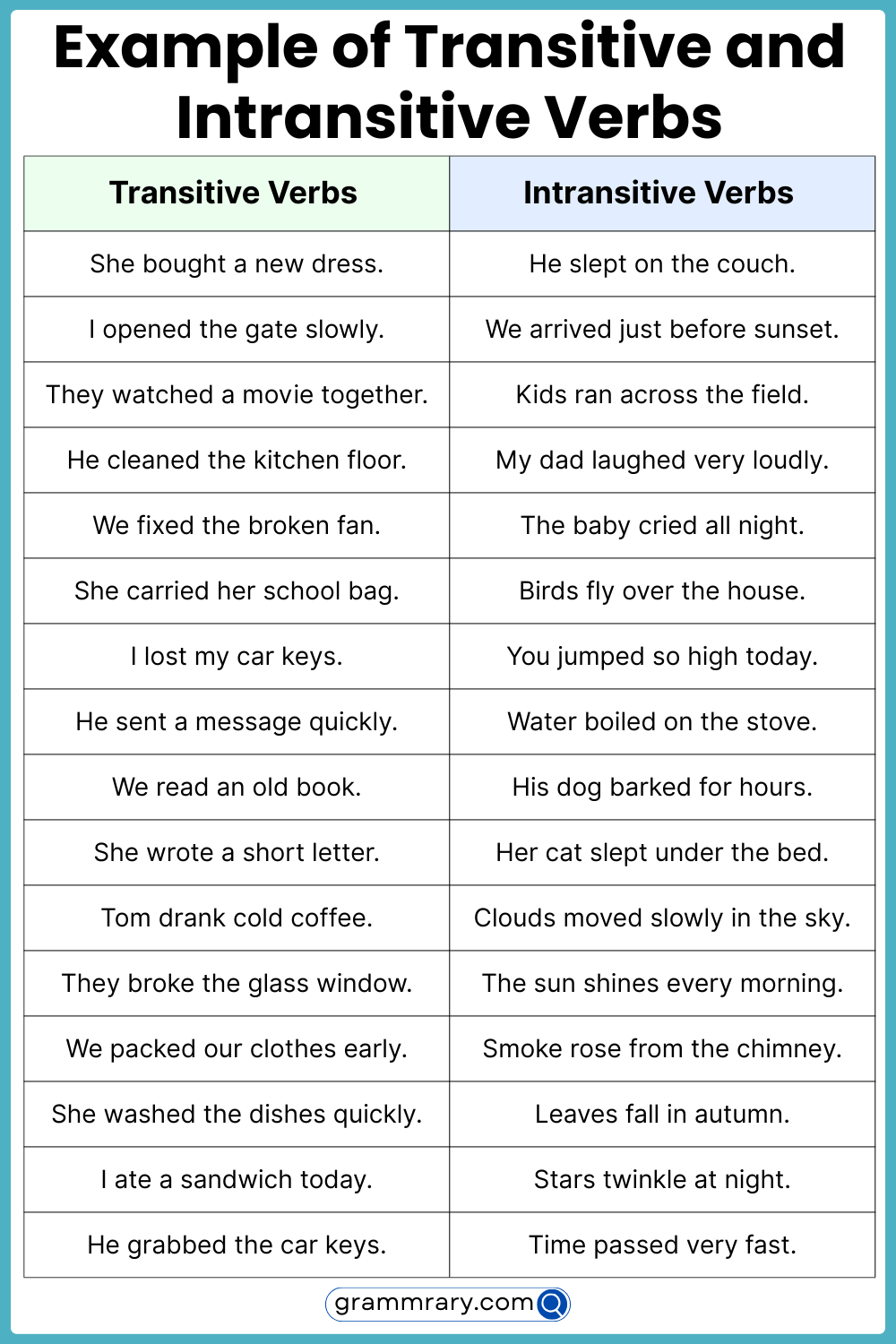Verbs are an essential part of a sentence as they express action or state of being. There are two main types of verbs: transitive and intransitive. Understanding the difference between these two types of verbs is crucial for constructing grammatically correct sentences.
Transitive verbs require a direct object to complete their meaning, while intransitive verbs do not require a direct object. This distinction is important in determining the structure of a sentence and ensuring clarity in communication.
Transitive and Intransitive Verb Difference
Transitive verbs are action verbs that require a direct object to receive the action of the verb. For example, in the sentence “She ate the apple,” the verb “ate” is transitive because it requires the direct object “the apple” to complete its meaning. Without the direct object, the sentence would be incomplete.
In contrast, intransitive verbs do not require a direct object to complete their meaning. These verbs express action or describe a state of being without needing an object to receive the action. For example, in the sentence “He sleeps peacefully,” the verb “sleeps” is intransitive because it does not require a direct object to make sense.
Another key difference between transitive and intransitive verbs is that transitive verbs can be transformed into passive voice sentences, while intransitive verbs cannot. Passive voice sentences focus on the receiver of the action rather than the doer. For example, the transitive sentence “She baked a cake” can be transformed into the passive voice sentence “A cake was baked by her.” In contrast, the intransitive sentence “He walks in the park” cannot be transformed into passive voice because there is no direct object to become the subject of the passive sentence.
It is important to pay attention to the type of verb used in a sentence to ensure that it is grammatically correct and conveys the intended meaning. By understanding the difference between transitive and intransitive verbs, you can improve your writing and communication skills.
In conclusion, transitive verbs require a direct object to complete their meaning, while intransitive verbs do not require a direct object. This difference impacts the structure of sentences and the ability to transform sentences into passive voice. By mastering the distinction between these two types of verbs, you can enhance your language skills and effectively communicate your ideas.
